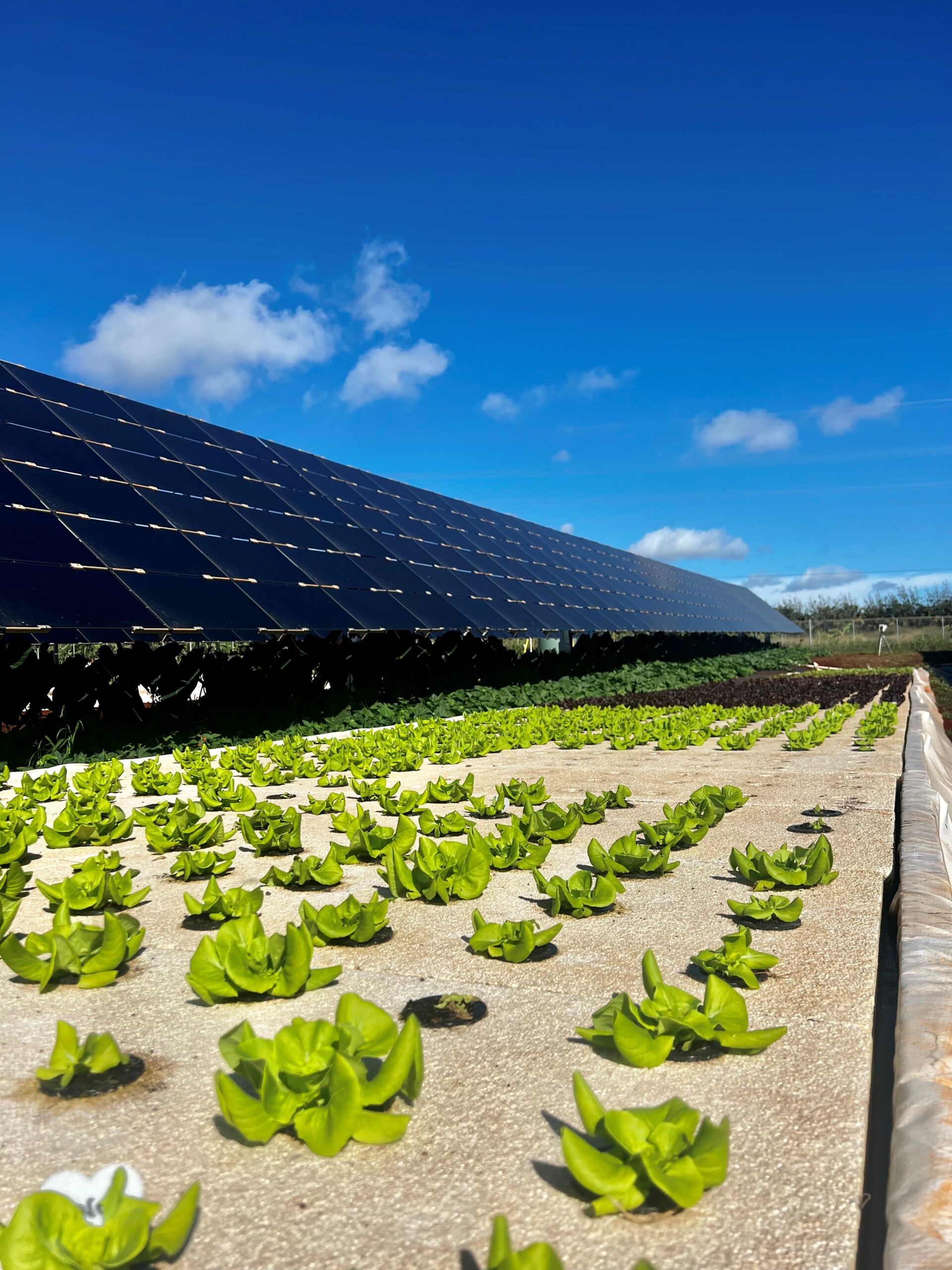Regenerative development, biodiversity & wildlife
In 2021, Clearway adopted regenerative development practices as the desired approach for our future activities as we recognized the need to go beyond our commitment of minimizing impacts on sensitive resources and implementing environmentally conscious best management practices for all phases of our project lifecycle.
Biodiversity & wildlife
Whenever possible, Clearway’s renewable energy sites are located outside of protected lands or areas with high biodiversity value. Our projects adhere to and comply with the guidance provided by regulatory agencies to avoid, minimize, and mitigate impacts on sensitive species and habitats during all phases of our project lifecycle, from siting, development, and construction to operations, maintenance, and adaptive management.
We implement rigorous biomonitoring and curtailment protocols as part of our biodiversity and wildlife management.
Bio-monitors
For our sites within the migration corridor used by the Aransas-Wood Buffalo population of whooping cranes we conduct mandatory awareness training for all staff who work at these sites. At other wind sites, we use bio-monitors to watch for eagles flying near the wind turbines and stop the operation of those wind turbines to protect the eagles.
Seasonal curtailment
“Seasonal curtailment” is used to help protect bats at a wind site with significant bat activity. During the summer and fall seasons when bat activity is highest, the site’s turbines are stopped if wind speeds are below a set “cut-in” speed – if wind speeds are above this cut-in speed, bats are unlikely to be flying.
Conservation
We created a 50-acre conservation easement within the Alpine Solar facility to protect land suitable for the restoration and enhancement of burrowing owl nesting and foraging habitat. At several sites we maintain wildlife corridors for small mammals by creating openings in the bottom of security fences at our solar sites. At California Valley Solar Ranch, site lands within the conservation easement had been degraded by past farming and grazing. In 2020 we completed seeding 71 acres of the easement with native shrubs to enhance the habitat for giant kangaroo rat, San Joaquin kit fox, San Joaquin antelope squirrel, and pronghorn antelope.
Habitat protection
We protected approximately 4.75 acres of habitat for the black-capped vireo, a small bird native to the U.S. and Mexico, at our Langford wind site in Texas. In addition to barriers to protect the habitat, we conduct awareness training for all visitors and staff to educate them about the black-capped vireo and the importance of conserving biodiversity.
Get in touch
We pride ourselves on delivering on our commitments and providing innovative solutions that support and protect the environment.
